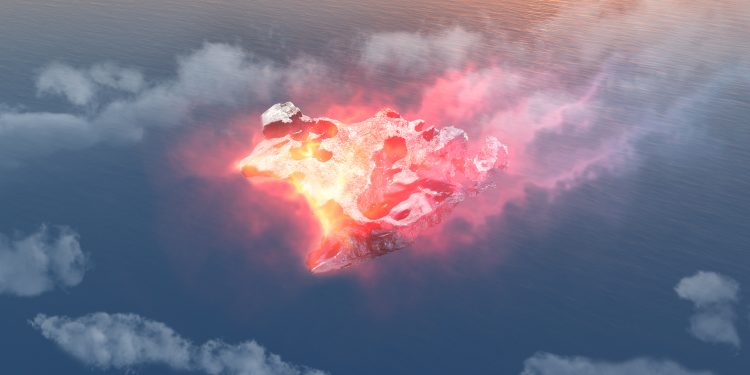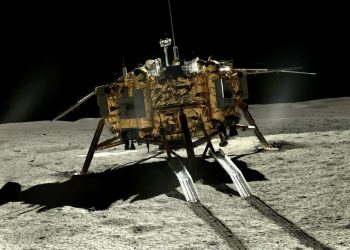Asteroid 2024 YR4 has captured global attention in recent weeks, sparking concern and debate over the real possibility of an impact with Earth. While the odds remain relatively low, the fact that scientists have continued to revise the probability upwards has fueled speculation.
Could this be the first time humanity needs to launch a real-life asteroid deflection mission?
Why 2024 YR4 Is Being Closely Watched
Discovered just a few months ago, asteroid 2024 YR4 initially had a 1.2% chance of hitting Earth on December 22, 2032. While that number was concerning enough to trigger alerts to international planetary defense agencies, new observations have more than doubled the impact probability to 3.1%—a shift that has led scientists to ramp up tracking efforts.
The James Webb Space Telescope (JWST) is set to observe the asteroid before it moves out of view, aiming to refine estimates of its size, trajectory, and composition. Once 2024 YR4 travels further into the solar system, gathering new data will become much more difficult.
What Happens If 2024 YR4 Hits Earth?
At an estimated 40 to 90 meters (130 to 300 feet) wide, this asteroid wouldn’t wipe out civilization, but it could cause catastrophic regional destruction.
If it were to strike a populated area, the energy released would be equivalent to 8 megatons of TNT, over 500 times more powerful than the Hiroshima bomb. Possible impact zones include South America, Africa, the Middle East, and South Asia, with major cities like Bogotá, Lagos, and Mumbai at risk.
However, experts have noted an unexpected best-case scenario: an impact on the Moon. If 2024 YR4 were to collide with the Moon instead of Earth, it would remove the risk entirely while providing an unprecedented opportunity for scientists to study an asteroid impact up close.
How Do We Stop an Incoming Asteroid?
Humanity is not defenseless against threats like 2024 YR4. The DART (Double Asteroid Redirection Test) mission, launched by NASA in 2022, successfully altered the trajectory of an asteroid by smashing a spacecraft into it. This marked the first real-world test of asteroid deflection.
Building on that success, the European Space Agency (ESA) launched Hera in October 2024. This follow-up mission is set to analyze the aftermath of DART’s impact, collecting crucial data to refine future planetary defense strategies and better prepare Earth for potential threats.
Meanwhile, nuclear-based asteroid deflection remains a last resort. Scientists at the Lawrence Livermore National Laboratory (LLNL) have simulated scenarios where nuclear devices could shatter an asteroid into smaller, non-lethal fragments. While controversial, this remains one of the most powerful backup options if an asteroid is detected too late for other interventions.
What Are the Odds of an Asteroid Impact?
Despite the headlines, Earth is not in immediate danger. Space agencies continuously track thousands of near-Earth objects, and NASA estimates that the chance of a “city-killer” asteroid hitting our planet is just 0.1% per year.
Even if an impact were to occur, there’s a 70% chance it would land in the ocean, with another 25% chance it would strike an unpopulated region.
That being said, 2024 YR4 is unique—it’s one of the few asteroids with an impact probability high enough to trigger early planetary defense discussions. If that probability increases further, we may witness history: the first-ever mission to deflect an asteroid outside of a test environment.
With eight years until its potential impact, scientists have time to improve tracking, refine predictions, and prepare defensive measures. NASA, ESA, and China will continue monitoring 2024 YR4, adjusting estimates as more data comes in.
For now, the takeaway is clear: Earth is watching, and if necessary, we are ready to act.
Join the Conversation!
Have something to share or discuss? Connect with us on Facebook and join like-minded explorers in our Telegram group. For the latest discoveries and insights, make sure to follow us on Google News.











